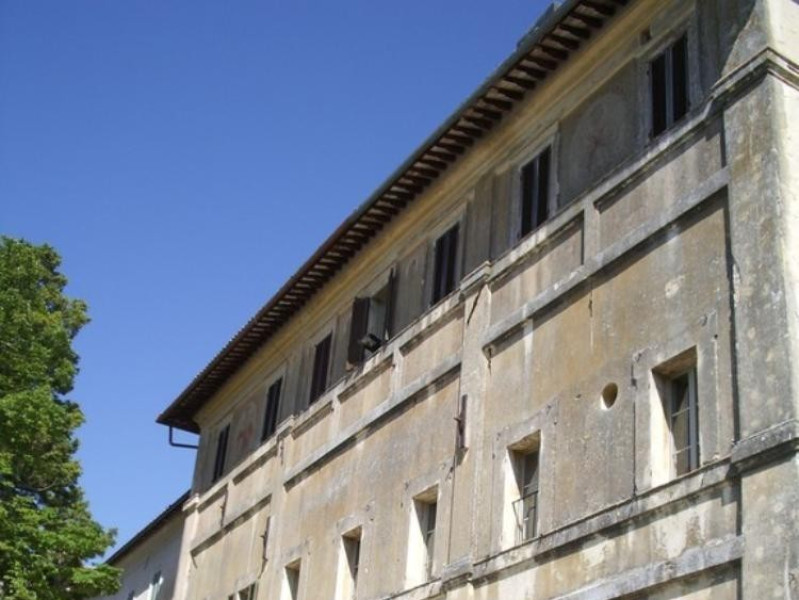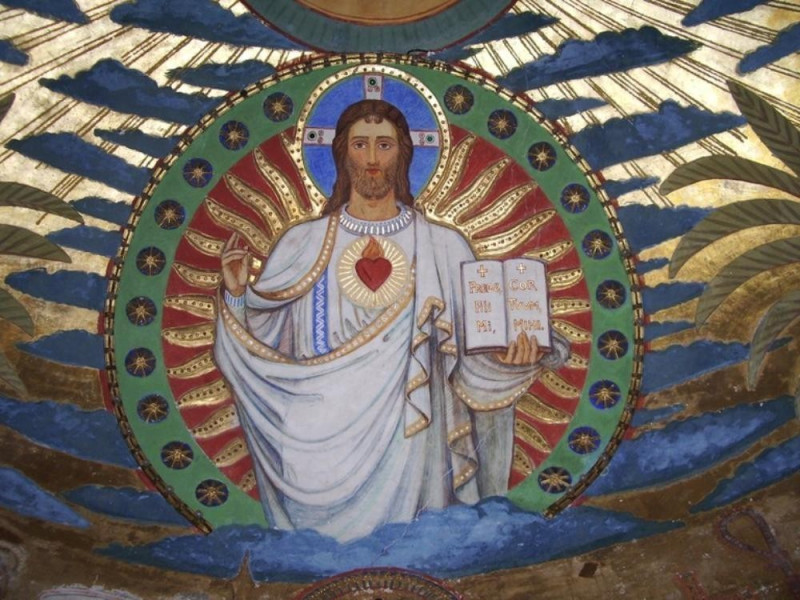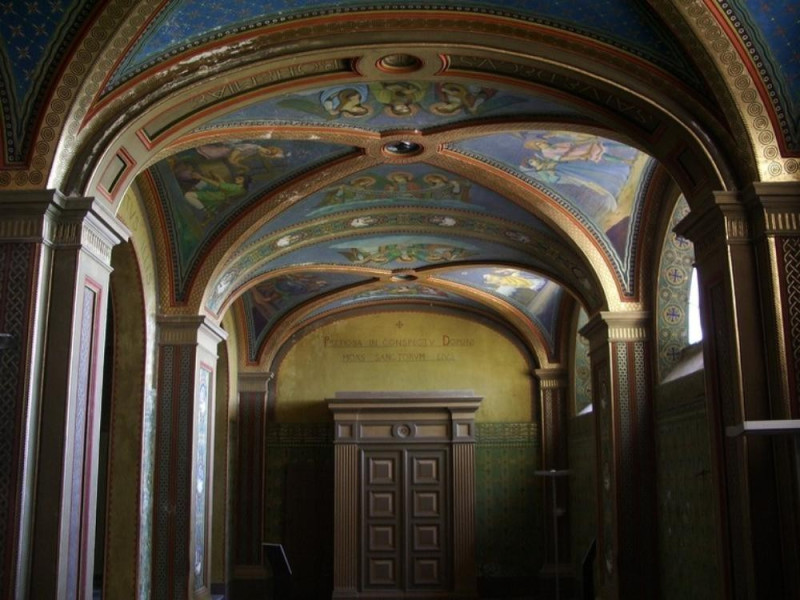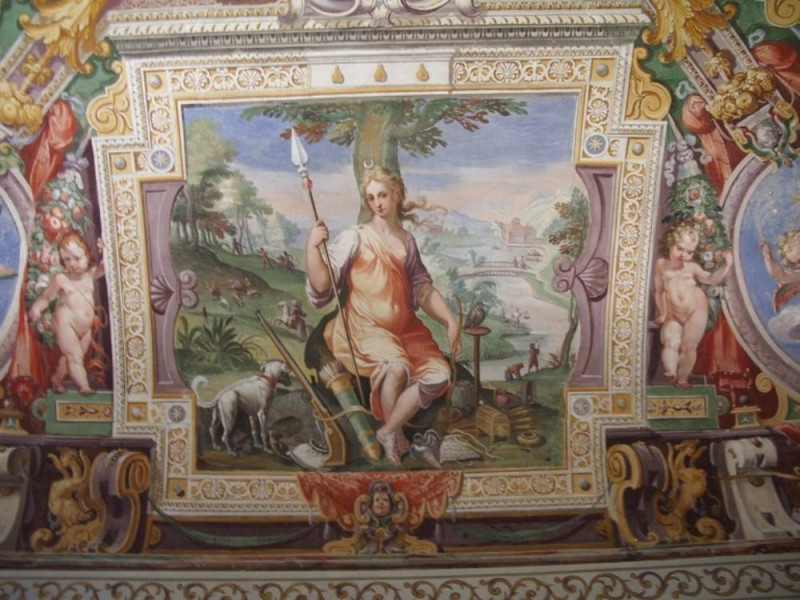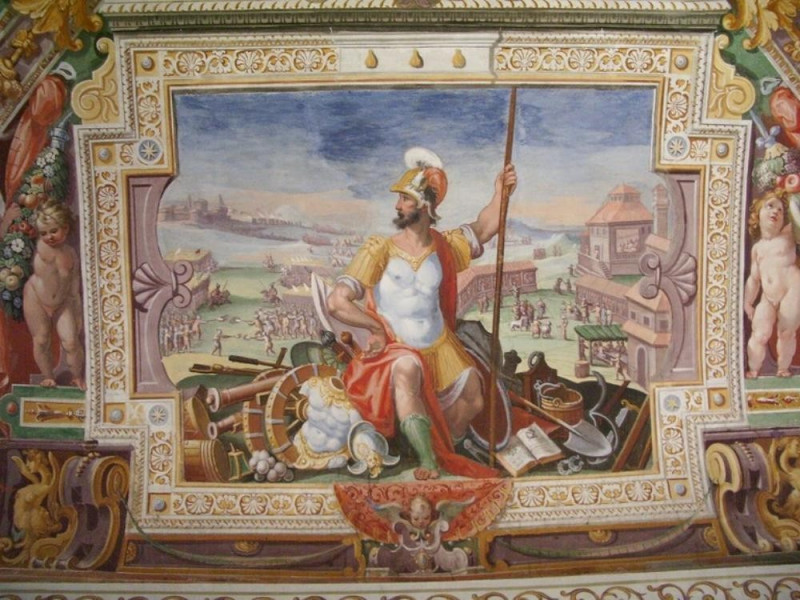Luogo - Point of interest
Villa Fabri
Where
Trevi (Perugia)
Villa Fabri
Completely immersed in the typical Umbrian landscape full of olive trees, overlooking the rolling hills between Assisi and Spoleto, the 16th century Villa Fabri stands in the middle of the hill, right outside Porta del Lago of Trevi.
It was Girolamo Fabri who had the Villa built, “for the solace of his old age, and the joy of the posterity of the village”, at the end of the 16th century. In 1891, it was bought at first by the Bohemian Council, and then passed over to the Ethiopian Council. In 2000, with the purchase of the Villa by the Trevi Municipality, the course of its history has changed. It is also because of its recent “affiliation” to the European Garden Heritage Network-EGHN that the Villa has become the seat of the Rete Regionale Ville, Parchi e Giardini dell'Osservatorio Regionale per la Biodiversità e il Paesaggio Rurale— the Regional Network of Villas, Parks and Gardens for biodiversity and rural landscape.
The building assumes its form in the main body and in the wing added by the Bohemians. The Main Floor is recognizable by the three large central arches and the aedicule-windows. The facades are finely decorated with graffiti depicting figures of Bohemian Angels and Saints and, on the northern side, by the View of Bohemian Towns. Such decorations date back to 1912 and 1914, and are the work of B. Cila and of the Benedictine Abbot Pantaleo Mayor.
The interior of the villa is also very well kept, starting from the very entrance, the atrium, it preserves more than one frescoed room, suggestive places rich with allegorical figures, and the chapel, frescoed by Cila and the Abbot Pantaleo Mayor. It represents an interesting and almost the only Italian example of the school of Beuron, a Swedish artistic movement that developed during the mid-19th century and was inspired by Egyptian, Greek, Roman and Byzantine painting models.
The Garden of the Villa is set on three grassy terracings. To the southeast, they are framed by a vast Olive Tree grove—called Chiusa—from where the Exravirgin of Olive Oil is produced.
And it is right from this same direction that it is possible to admire the most imposing and suggestive façade of the complex, especially the double staircase in stone located between the second and third level, with a nymphaeum and three large niches, of which the central one is enriched with Sculpted Atlases.

